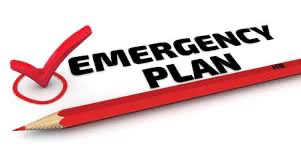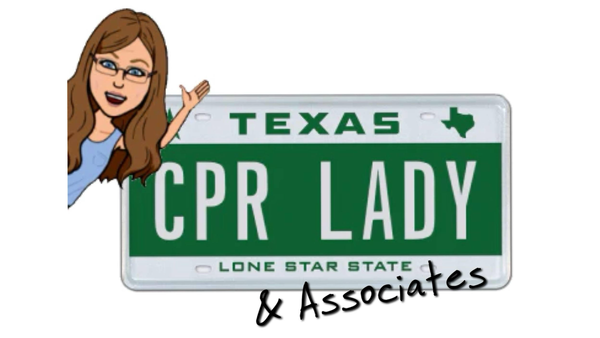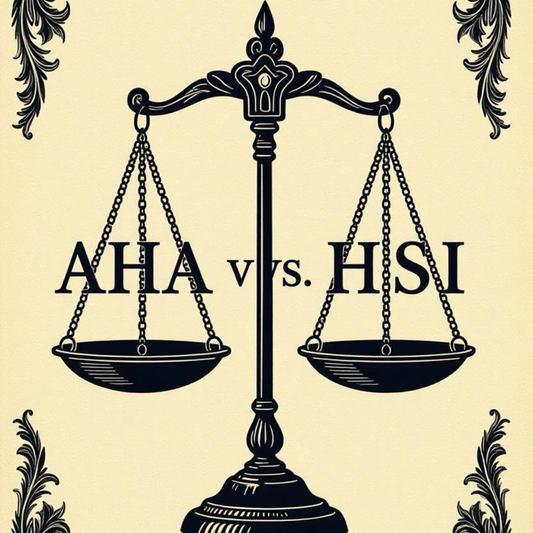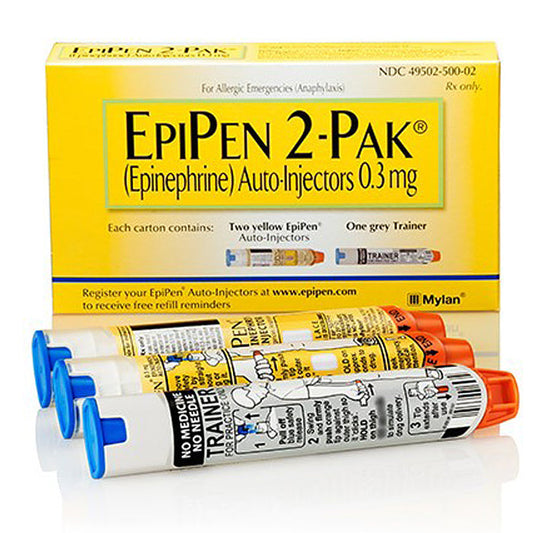
Components of a Family Emergency Plan
William BeauregardShare
A family emergency plan is an essential document that outlines what you and your family members should do in case of an emergency. An emergency plan can save lives, protect property, and reduce stress during an unexpected crisis. In this blog post, we will discuss the key components of a family emergency plan.
-
Communication Plan: The first component of a family emergency plan is a communication plan. This plan should include emergency contact numbers, both local and long-distance, as well as a meeting place. Designate an out-of-town contact person who can act as a central point of contact and help communicate with all family members. Ensure everyone in the family knows how to use emergency communication channels like text messages or social media.
-
Emergency Contact Information: Make a list of emergency contact information for all family members. Include each person's name, phone number, and any relevant medical information. Keep a copy of this list in your emergency kit, at work, and with a trusted neighbor or relative.
-
Evacuation Plan: Create an evacuation plan that outlines escape routes and the meeting place outside of your home. Discuss this plan with all family members, and practice evacuating your home, so everyone knows what to do in case of an emergency.
-
Shelter-in-Place Plan: In some emergencies, it may be safer to stay inside your home. In these cases, create a shelter-in-place plan, which includes securing your home, turning off HVAC systems and closing all doors and windows. Have a plan for accessing necessary supplies like water, food, and medicine.
-
Emergency Kit: An emergency kit is a collection of essential items needed during an emergency. It should include first-aid supplies, food, water, and other items you might need. The kit should be easy to carry and accessible in case of an emergency.
-
Insurance Information: Keep a copy of your insurance policy and other important documents like passports and birth certificates in a safe location. Consider storing these documents in a waterproof and fireproof container or a safe deposit box.
-
Pet Plan: If you have pets, include them in your emergency plan. Make sure they have identification tags and enough food and water to last for a few days. Consider arranging for a friend or family member to care for your pet in case of an emergency.
In conclusion, a family emergency plan is a crucial document that every family should have. The components of a family emergency plan discussed in this post include communication plans, emergency contact information, evacuation plans, shelter-in-place plans, emergency kits, insurance information, and pet plans. By preparing for an emergency in advance, you can ensure the safety of your family and reduce stress during a crisis.



